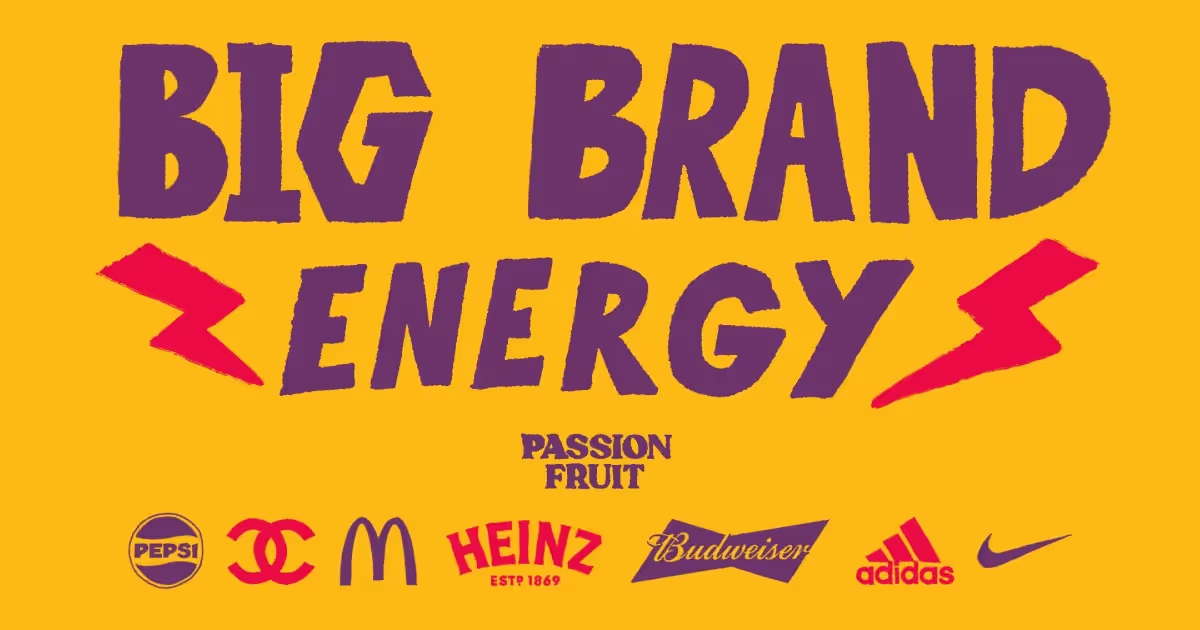Account-based marketing always feels like it's something your Saas does when it grows up, but that doesn’t have to be the case at all. In fact, if your product serves enterprise organisations and has a high ticket value, you should execute ABM as soon as feasibly possible. But you should also do it on a relatively achievable budget.

The Problem
The problem...albeit there are really two, is that often confidence and a lack of understanding of your go-to-market strategy and your target audience prevent you from successfully kicking off.
The other problem is that the tech you need to implement account-based marketing is top dollar and comprehensive. That is of course until you read this article.
The Strategy
In order to kick off a strategy that is super personalised to the enterprise customer your business demands, you first need to have the strategic elements together. As this article is about tech that is affordable to build your ABM program, check out this article that I wrote a few years back that dives into ABM strategy far deeper than I could fit in here today.
The highlights of this article are as follows:
- You need a highly targeted list of potentially high-value customers
- You need social proof your product delivers
- You need a lot of personalisation in your outreach
- You need organisation charts for each individual prospect company
- You understand you build a marketing campaign at a per company level
- You need a marketing automation tool like HubSpot or just Hubspot 😉
- You need a budget for paid advertising
Sound like a lot of work?
Research from the Altera Group found that 97% of respondents reported that ABM had a somewhat higher or much higher ROI than other marketing campaigns. So nearly every company that adopts an ABM strategy reports a bigger return on investment.
The Technology

Moving into the technology. I have already mentioned HubSpot, which is an expensive platform but many early-stage Saas platforms with investment from an incubator or accelerator can get up to a 90% discount. Well worth taking advantage of.
In addition to HubSpot, you will need a platform that will help you identify if the work you are doing is driving employees from your target companies back to your website. We have two options here to choose from to solve this:
Leadfeeder, which is reasonable at €79 per month and comes with a free trial. This easily integrates with HubSpot and when connected you can set up workflows that notify your sales team when that desired prospect hits your website. It even tells you what pages they visited in what order so you can personalise your outreach to them.
An alternative to Leadfeeder is LeadInfo.
Leadinfo is very similar to Leadfeeder, although the UX for integrations is not as simple as the latter but does pack a punch for its users, however, their pricing has recently increased to €149 monthly.
Brandgen.io is a newer platform and if you can get past the not-so-great UI, you can certainly add a powerful tool to your ABM tech stack. Brandgen is a digital advertising platform that will enable you to run your ad campaigns and has cleverly accounted for cookieless advertising in its value proposition.
When running B2B advertising campaigns, it’s not just about channels, it’s about knowing where your target audience is educating themselves about products or services like those you offer
Recently I came across an alternative platform that is free of charge to use called Eskimi. They also offer creative support for your ads, which comes at a cost, but if you are short of budget for expensive graphic designers then it could be a more suitable tool to compare with Brandgen.io.
You will also need a data platform, now Zoominfo is the premium supplier of quality B2B contact data but you need to remortgage your house to buy in. Cognism is a cheaper yet still costly alternative, so my suggestions here are Seamless.ai or Apollo.io.
Of the two latter platforms, I would suggest Apollo as they offer sales prospecting and real quality data, a two-in-one bonus whereas Seamless literally is a data-only platform and therefore you would need an additional email platform to make this work. Now you may be tempted to opt for Seamless and MailChimp but please do not add more friction to your tech stack than is necessary. I’m an avid fan of minimal friction and no use of Zapier where possible.
I just realised that I haven’t mentioned pricing here, so Seamless is $149 per user per month and Apollo starts free, but you can do well with their $49 per month, but I would advise you to choose the $99 per month for the maximum capacity.
That's it. That is your low-cost account-based marketing tech stack.
Combine these great low-cost alternatives to the premium tools available and take a good look at the strategic article I linked to earlier in the article and you have the perfect strategic and technological kit needed for ongoing success.

Closing advice
Being a big fan of helping growth marketing leads build success, as a product marketing leader I truly value the unity of cross-functional teams. So whilst ABM is a marketing strategy, it should closely align with sales, customer service and success to drive deeper longer-term results. But don’t stop there, loop your product marketing/product development team in so you can also communicate the upcoming releases and how those can make your prospect's life easier, helping smooth out those precious sales.







